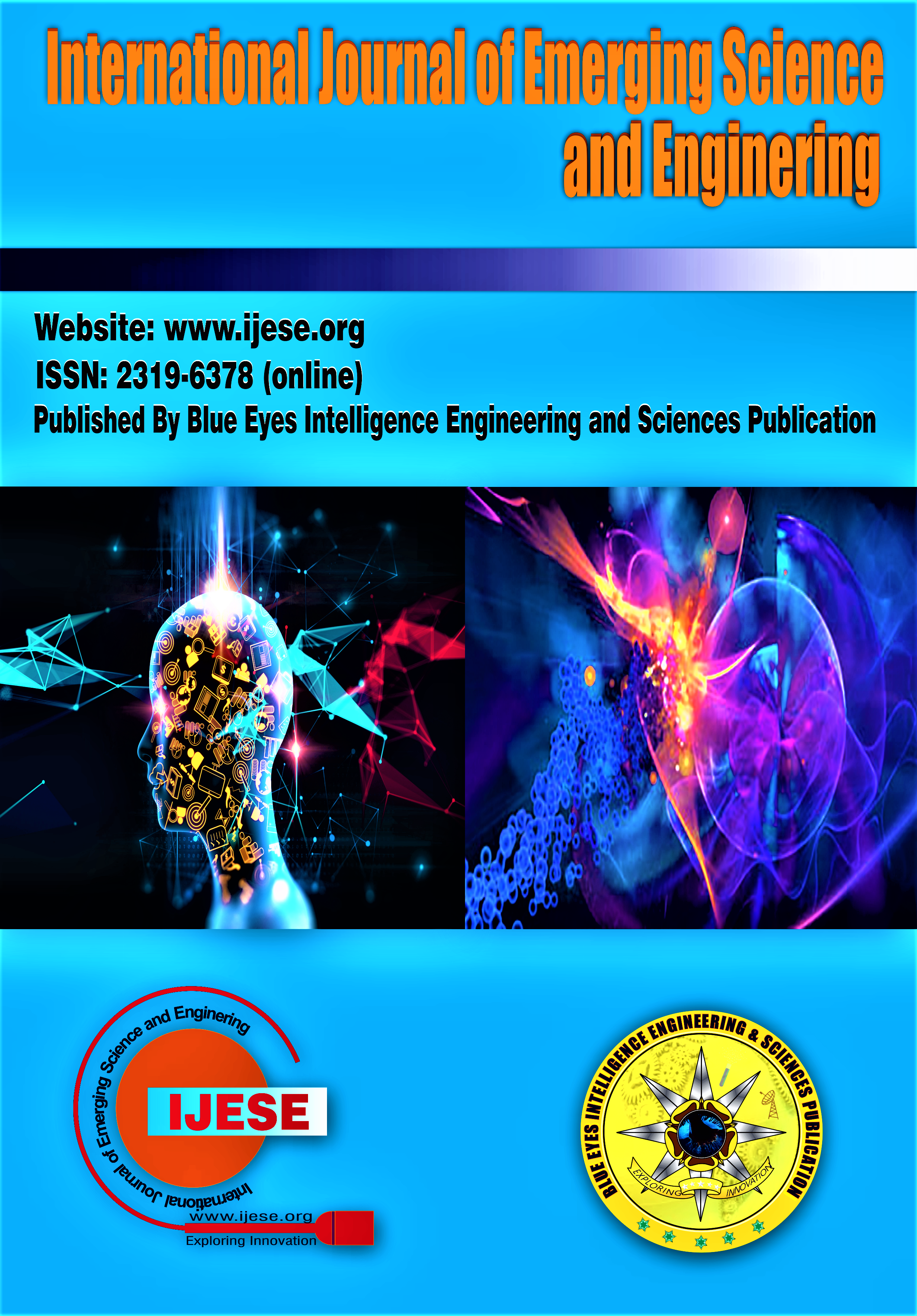A Hybrid Denoising–Edge Detection Framework for Enhanced Medical Image Analysis
Main Article Content
Abstract
High-quality medical imaging is indispensable for precise diagnosis and treatment planning, but it is confounded by noise and ill-defined edges that impede diagnostic consistency. Noise originating during acquisition, transmission, or reconstruction tends to obliterate delicate structures but makes existing edge detection schemes incapable of producing edge-line sharp and smooth where noisy features abound. It is imperative to resolve such complications to enhance clinical image interpretability and facilitate the development of sophisticated computer-aided diagnosis systems. This research presents a Hybrid Denoising–Edge Detection Framework that merges stateof-the-art filtering and localization of edges to enable better analysis of medical images. An early stage adopts a hybrid filtering methodology that combines Adaptive Median Filtering and Block-Matching and 3D (BM3D) filtering. Adaptive Median Filtering efficiently eliminates speckle and impulse noise while preserving edge detail effectively, and BM3D reduces additional Gaussian noise using collaborative patch-based denoising. Both utilise superior noise resilience without loss of structural fidelity. A hybrid edge detection methodology, combining the Sobel operator and the Canny detector, is incorporated into the final stage. Sobel operates effectively in localising strong gradient variations, while Canny applies non-maximum suppression and hysteresis thresholding to achieve optimal edge continuation. An edge fusion process gains both strategies' complementary strengths to produce sharper and more consistent edge maps. Experiments were carried out on MRI, chest X-ray, and mammography images corrupted by simulated Gaussian, saltand-pepper, and speckle noise. Quality was compared quantitatively using Peak Signal-to-Noise Ratio (PSNR) against noise suppression, Structural Similarity Index (SSIM) against structural preservation, and Edge Connectivity Ratio (ECR) against continuity of edges supported by quality visual assessment.
Downloads
Article Details
Section

This work is licensed under a Creative Commons Attribution-NonCommercial-NoDerivatives 4.0 International License.
How to Cite
References
N. Sujatha and S. Mahalakshmi, “An adaptive thresholding approach for medical image segmentation,” Biocybernetics and Biomedical Engineering, vol. 37, no. 3, pp. 529–542, 2017. DOI: http://doi.org/10.1016/j.bbe.2017.06.004
G. Varghese, R. Kumar, and P. Sivakumar, “Improved Gaussian smoothing and its applications in medical imaging,” Biomedical Signal Processing and Control, vol. 64, 102233, 2021. DOI: http://doi.org/10.1016/j.bspc.2020.102233
R. R. Agudelo, M. A. Guevara, and D. Ochoa, “Anisotropic diffusion revisited: A modern approach for medical images,” Journal of Imaging, vol. 7, no. 9, art. 186, 2021. DOI: http://doi.org/10.3390/jimaging7090186
J. Yang, X. Sun, and Y. Fu, “Wavelet thresholding revisited: A modern perspective for medical image denoising,” Information Sciences, vol. 483, pp. 350–369, 2019. DOI: http://doi.org/10.1016/j.ins.2019.01.056
M. Maggioni, V. Katkovnik, K. Egiazarian, and A. Foi, “Nonlocal transform-domain denoising of medical images: BM3D and beyond,” Computerized Medical Imaging and Graphics, vol. 57, pp. 1–13, 2017. DOI: http://doi.org/10.1016/j.compmedimag.2017.01.003.
A. Buades, J. L. Lisani, and M. Miladinović, “Recent advances in patch-based image denoising methods: A review,” Signal Processing: Image Communication, vol. 78, pp. 303–324, 2019. DOI: http://doi.org/10.1016/j.image.2019.06.002
S. Prabhakar, P. S. Kumar, and A. R. Subramanian, “Adaptive median filtering for medical image noise suppression: A comparative study,” Journal of King Saud University - Computer and Information Sciences, vol. 34, no. 6, pp. 3125–3137, 2022. DOI: http://doi.org/10.1016/j.jksuci.2020.11.003
M. T. Hossain, M. A. Uddin, and S. Rahman, “Recent advances in edge detection for medical image analysis: A survey,” Artificial Intelligence in Medicine, vol. 132, art. 102382, 2023. DOI: 10.1016/j.artmed.2022.102382.
Y. Xu, T. M. Khan, Y. Song, and E. Meijering, “Edge deep learning in computer vision and medical diagnostics: a comprehensive survey,” Artificial Intelligence Review, vol. 58, art. 93, 2025. DOI: 10.1007/s10462-024-11033-5.
K. Shi, “Comparison of image enhancement algorithms based on denoising and edge detection,” Applied and Computational Engineering, vol. 133, pp. 173–182, 2025. DOI: 10.54254/2755-2721/2025.20700.
A. Sarwar, G. Iqbal, and M. Rehman et al., “Recent developments in denoising medical images using deep learning: An overview of models, techniques, and challenges,” Computers in Biology and Medicine, vol. 171, art. 108112, Mar. 2024. DOI: 10.1016/j.compbiomed.2024.108112.
A. Singh, P. K. Mall, and S. Srivastav et al., “A comprehensive review of deep neural networks for medical image processing: Recent developments and future opportunities,” Healthcare Analytics, vol. 4, art. 100216, 2023. DOI: http://doi.org/10.1016/j.health.2023.100216
C. Zhang, X. Deng, and S. H. Ling, “Next-Gen medical imaging: U-Net evolution and the rise of transformers,” Sensors, vol. 24, no. 14, art. 4668, 2024. DOI: http://doi.org/10.3390/s24144668





